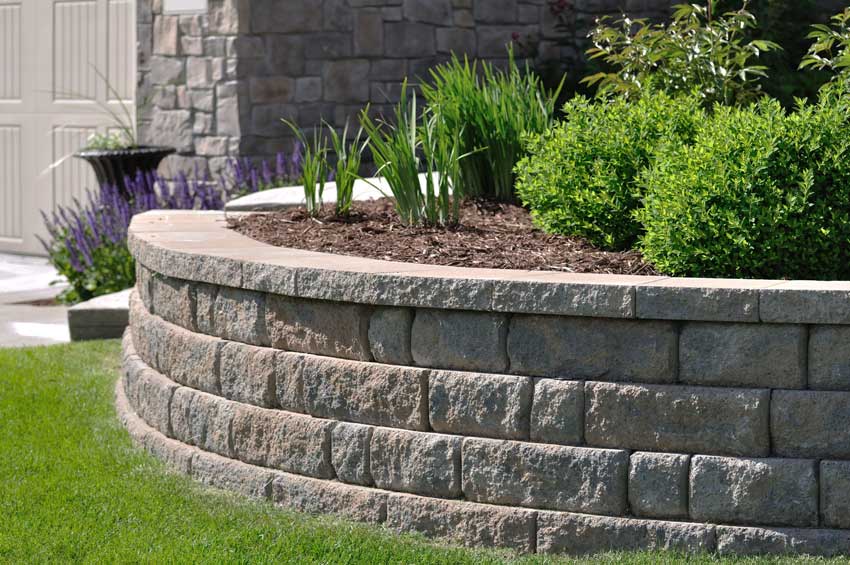
Generally speaking, it’s best to know the nuts and bolts of what make your property tick, whether it’s an old structure you’ve purchased or inherited, or your own brand-new house.
A critical feature of any building with a retaining wall is drainage backfill – something that is out of sight and, if it’s working correctly, out of mind. But it’s advisable to first make sure it’s doing what it’s supposed to.
Backfill is the dirt and/or gravel that goes behind a retaining wall to ensure it drains properly. After all, having excess water, or water in an unexpected place, is no one’s idea of a good time.
It’s important that the backfill be compacted correctly. At least a foot’s depth of granular backfill – gravel, for instance – should be installed right behind the retaining wall. Compacted native soil can go behind that. And if landscaping behind the wall is planned, six inches or more of native soil should also go atop the gravel.
Gravel is ideal for this role because it doesn’t retain water and can be built upon as needed. Crushed stone is also an option, and native soil plays an important role.
Getting to the science of how this works: drainage backfill relieves hydrostatic pressure (simply put, that which is exerted by liquid due to gravity) within the retaining wall. Drainage pipes do this, carrying water away from the wall, instead of leaving it to sit there and cause problems – among them mold, cracks or bulges in a warped wall, or an unrelieved pressure buildup that could cause the wall to burst.
Your retaining wall won’t last long with unchecked problems caused by unwanted water.
It’s advised that you don’t compact more than six inches of backfill at a time with a power compactor, or more than two inches at a time by hand. The safest and smartest thing to do in most cases, of course, is to have it done professionally.
Little’s Excavation will handle the process from start to finish and give you great confidence that it is done correctly in a way that doesn’t threaten the soundness of your retaining wall, and thus – your structure.
